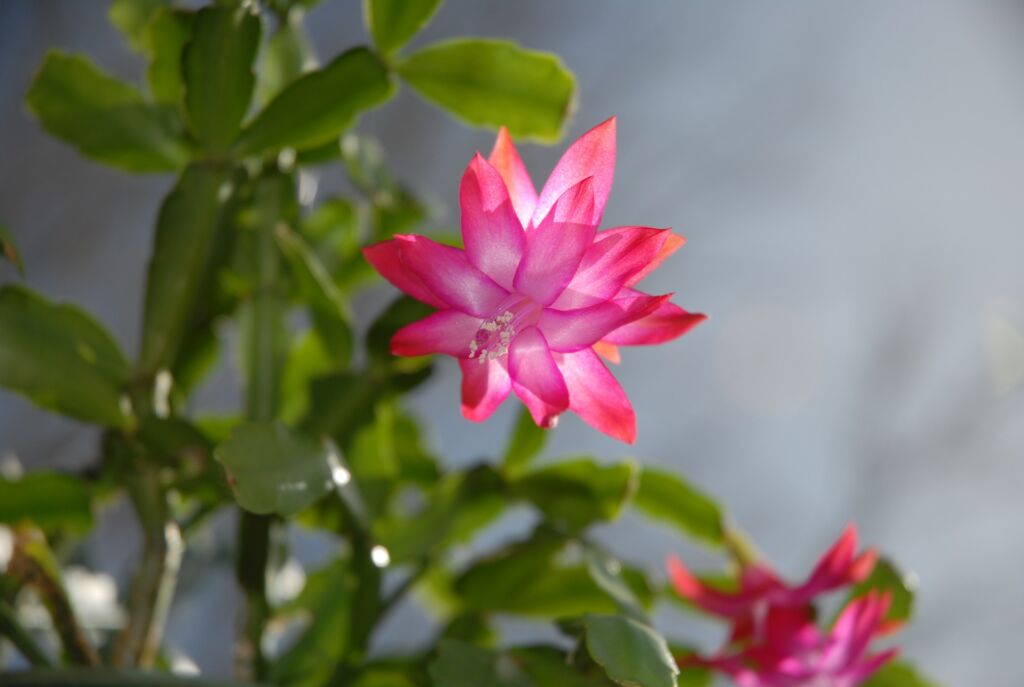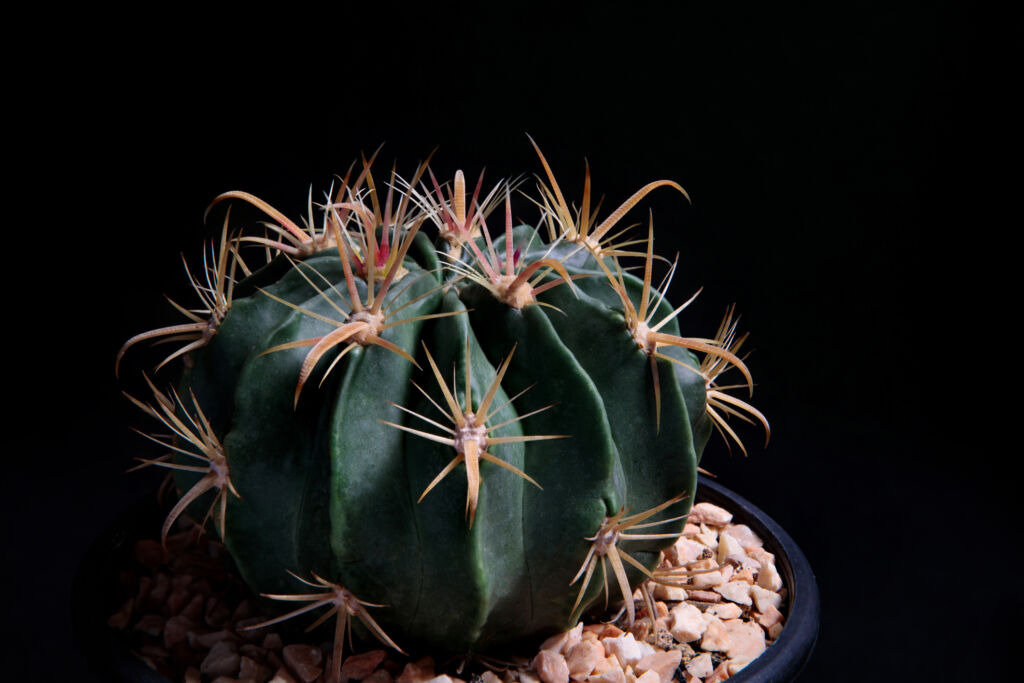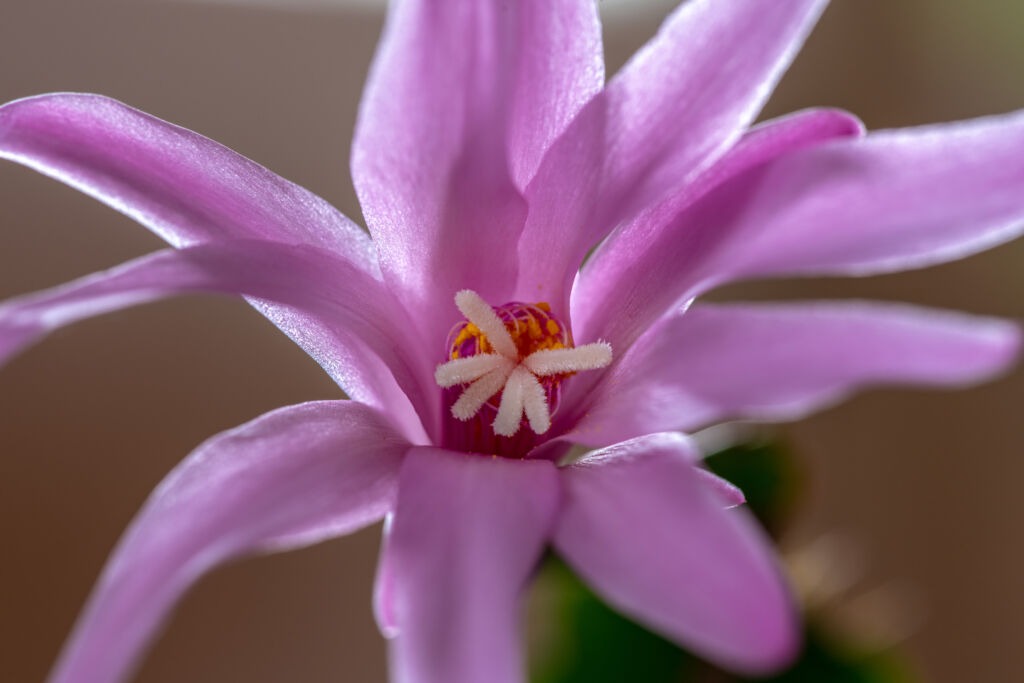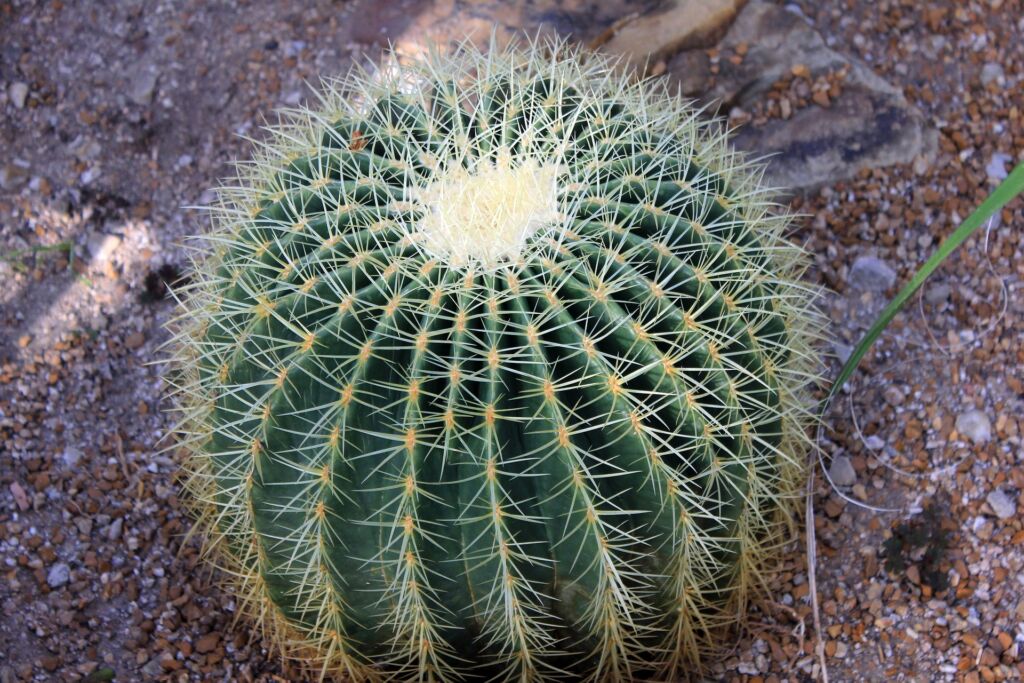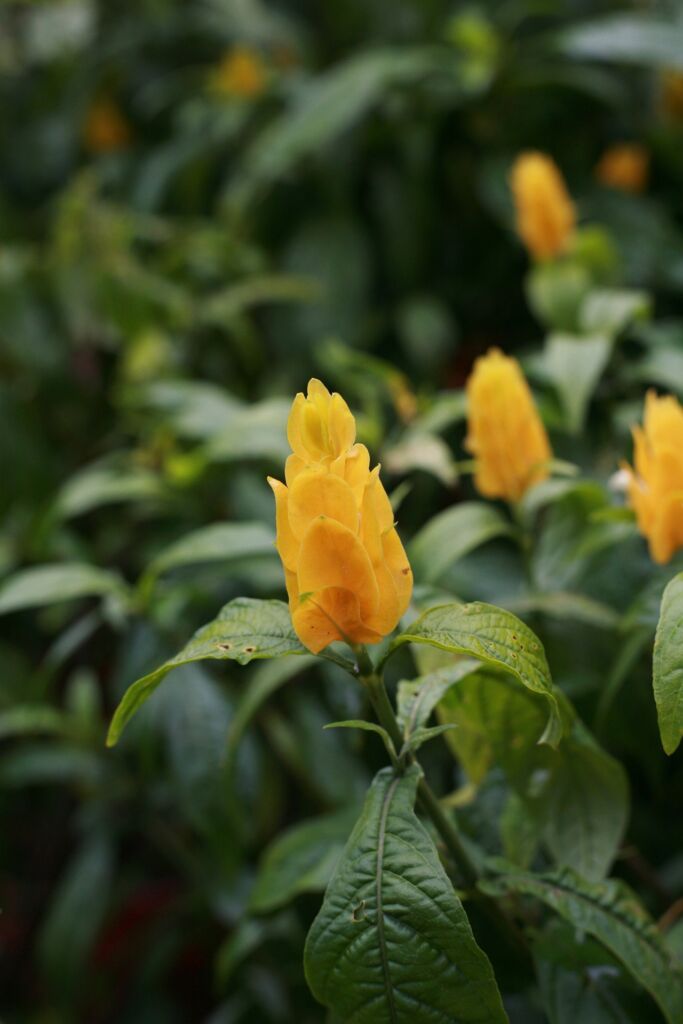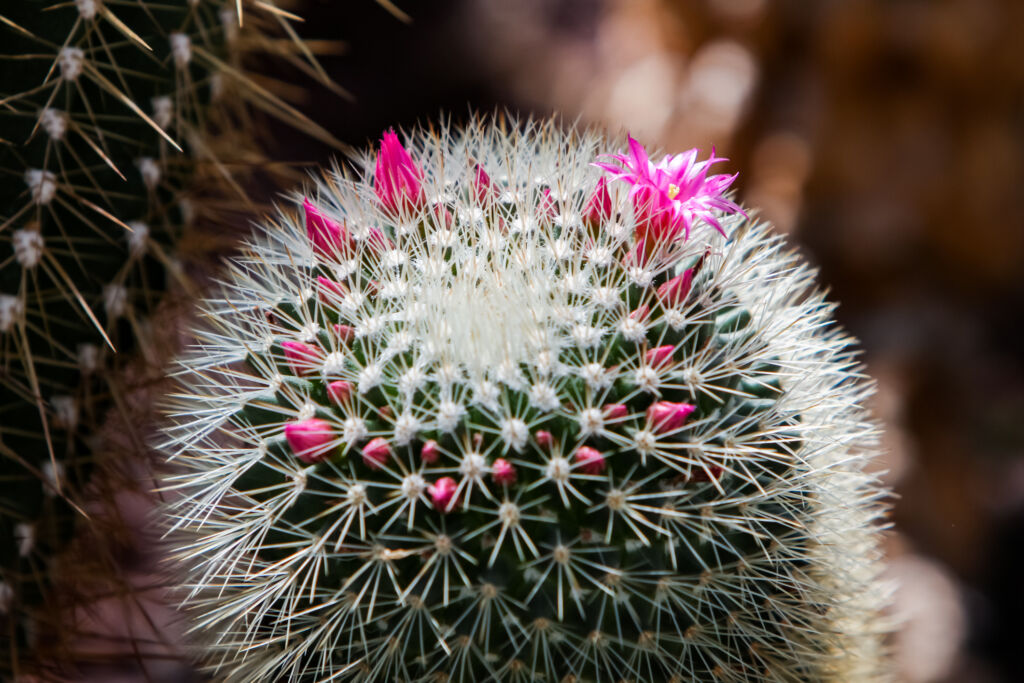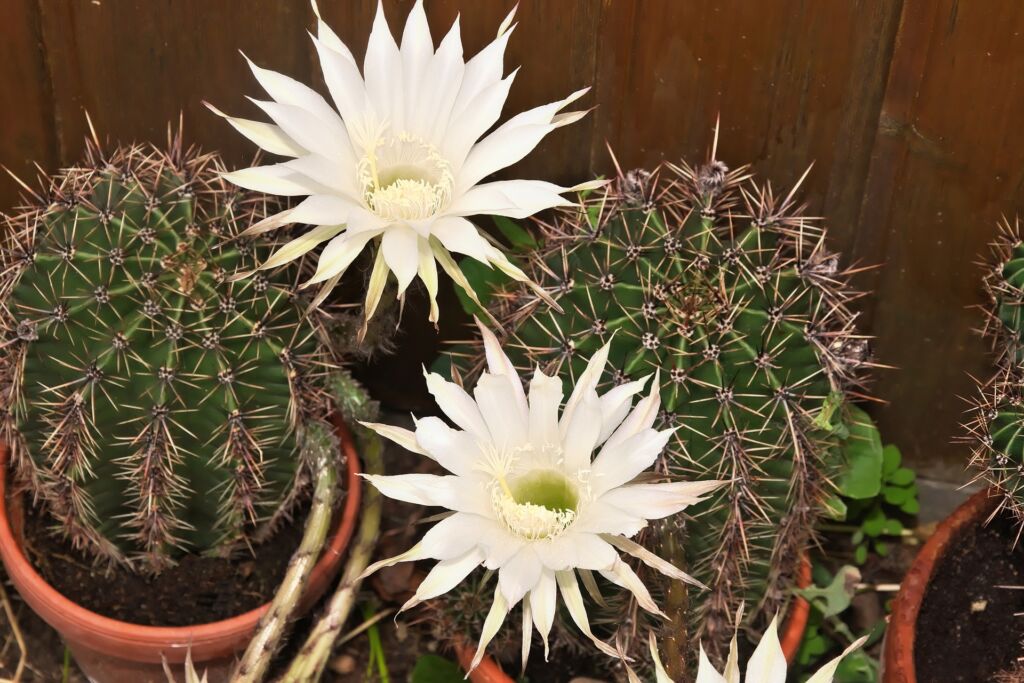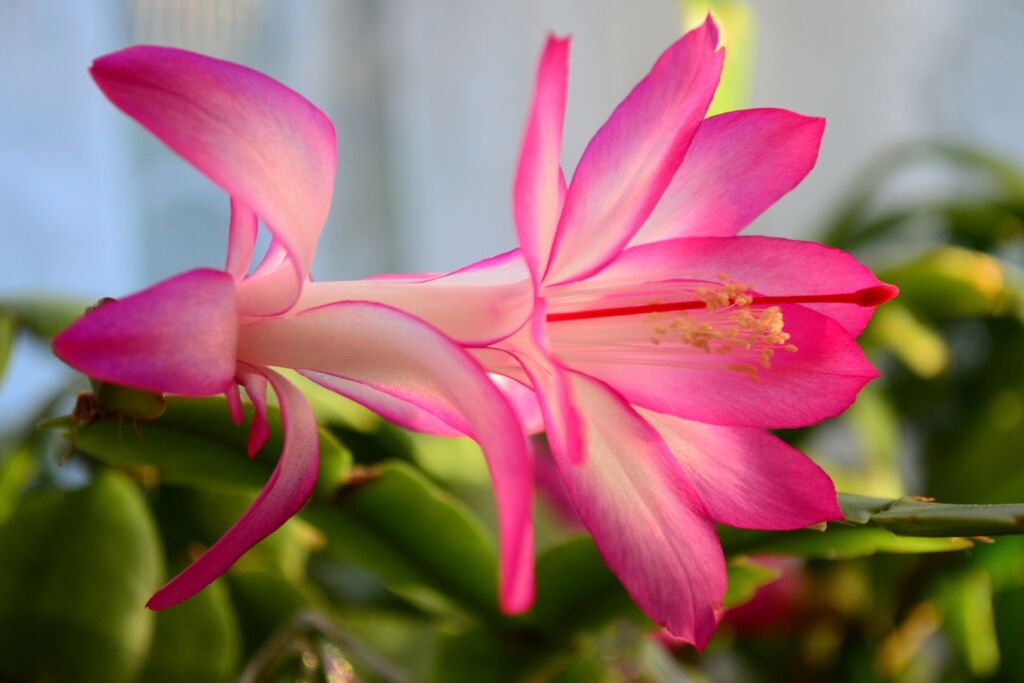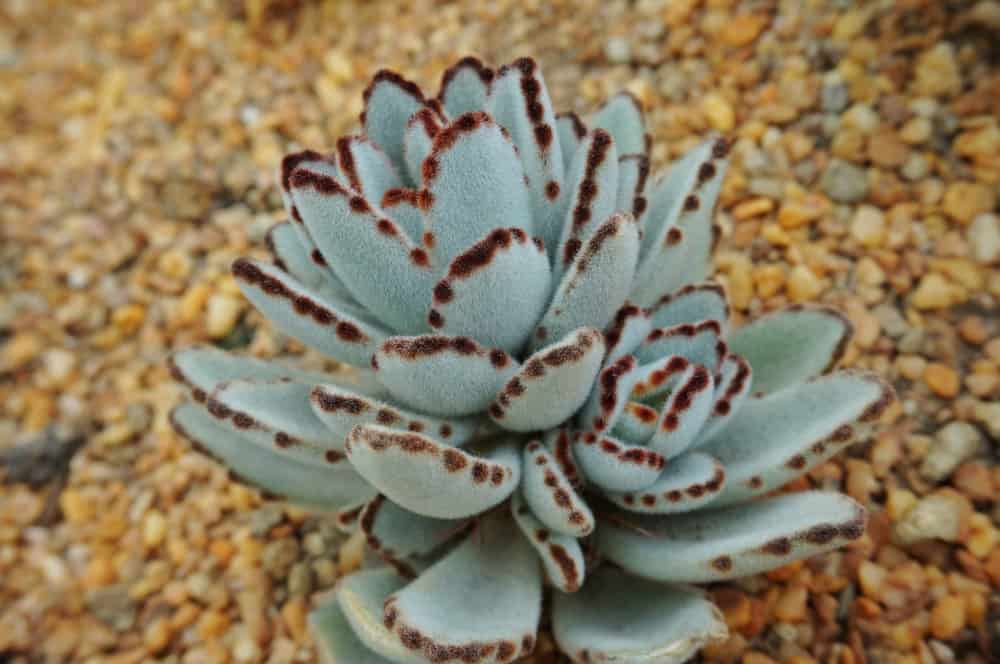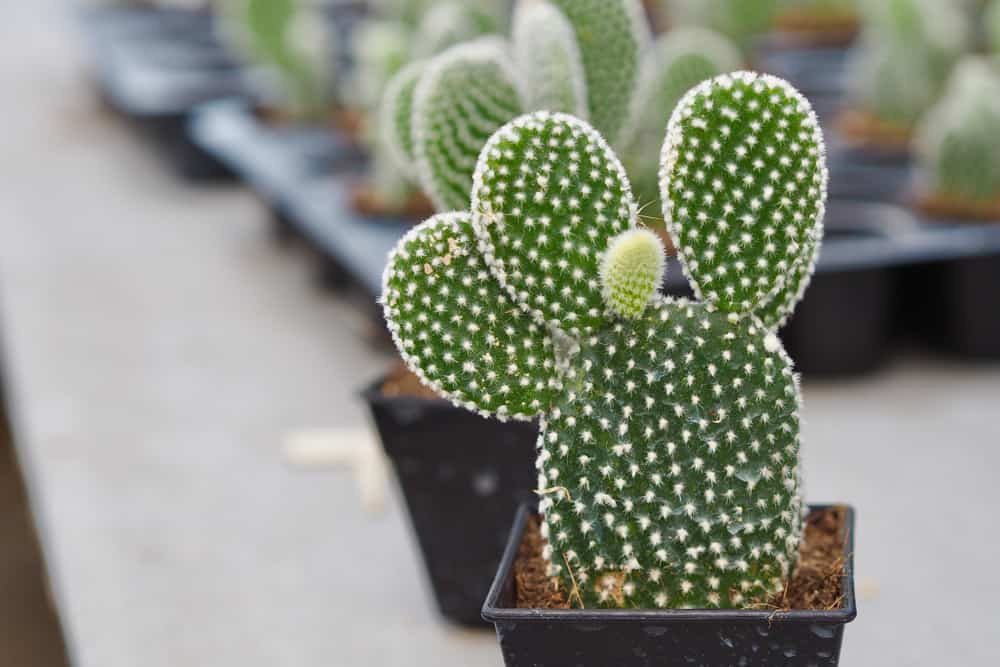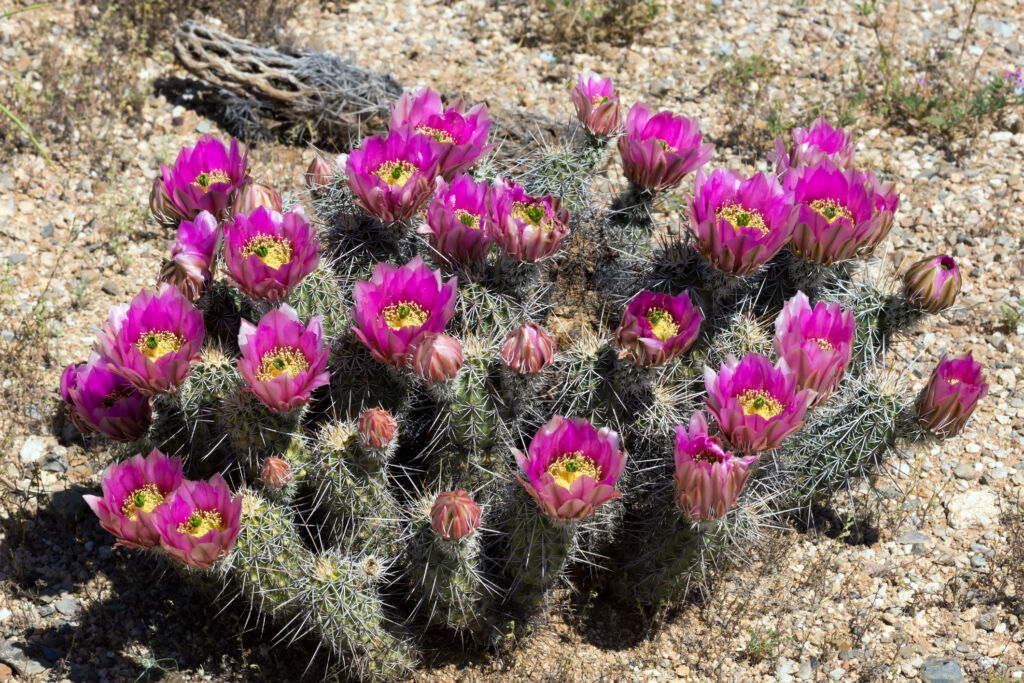HousePlantJoy is supported by our audience. When you purchase through one of our links, we may earn a small affiliate commission. As an Amazon Associate I earn from qualifying purchases. Your cost is not affected.
==================
20 Distinctive and Unusual Cactus Houseplants
Do you know the best kind of houseplants out there, or among the best ones? It’s the cactus plant! They come in different shapes and sizes, with distinctive leaves, and attractive blooms. From the exotic-looking Stapelias to the Peperomias with such fragrant aroma, there are bewildering varieties to choose from. These hard-to-ignore, exotic, and intriguingly attractive cactus houseplants now take center stage as we present the 20 arrestingly gorgeous, good-looking unusual cactus houseplants. It’s the high point in this article but first, we’ll walk you through some helpful information to better appreciate them. Let’s go right in!
What’s so special about cacti and succulents?
Unlike most other plants with leaves that are plain-looking, the cacti’s stems and leaves are full, fleshy, and well-formed. They almost look like miniature living sculptures. And here’s another. Most plants are beautiful because of their flowers. So, you get to enjoy them only when their blossoms appear. A cactus or a succulent, in contrast, looks good by itself and also with other cacti, succulents, and other types of plants. And when a cactus bears blossoms, it looks even more astounding. And because they’re ideal houseplants, they not only give off oxygen, they also enhance our living spaces.
Why should I get a cactus as a houseplant?
Anyone can grow a cactus. So, unusual cactus houseplants would be right for you even if you don’t know how to take care of them. Or you don’t have the inclination to do so but love to have them around. But with a little time, energy, and determination to learn the basics, the rest would be like a walk in the park. And plants like cactus and succulents go well with other decorative plants and objects. Placed together, they create a pleasing contrast. That’s one element of aesthetics. The contrast makes them look better, they enhance each other. There are many and varied reasons people prefer keeping cacti and succulents as indoor plants. They may look strange but in a very good and fascinating way. The leaves of most of them are thick which makes them look better. And wait when the blooms come out, you’ll be rewarded a second time. That’s why they are nice to have indoors or out there in the garden. Some species could be mistaken for orchids. But orchids, though beautiful and exotic, are expensive, quite challenging to keep, and require a great deal of special care and maintenance.
Unusual Cactus Houseplants to Get for Your House
If you want something unique and unusual for your home or office decor, here are some unusual cactus houseplants we’d like to recommend.
Christmas Cactus
01 Christmas Cactus
In bloom the entire yuletide season until winter’s end, the famous Christmas cactus is hands down great to have indoors at that time of the year. The thick blooms are in shades of pink, red, or white making it one of the unique cactus houseplants to own. Cactus fanciers often collect several Christmas cacti plants to get all those colors.
Elephant Bush
02 Elephant Bush Succulent (Portucalaria afra)
This succulent is among the unusual cactus houseplants you can find. It has small peculiar-looking leaves, has a reddish stem, and can grow to be over three feet tall. Like the other plants on this list, Elephant Bush also belongs to the succulent family. It doesn’t need much water or light because it stores them inside its body. In fact, you only need to water it occasionally and let some air inside its pot.
fishhook cactus
03 Fishhook Cactus
As you can see from the image, it’s got hooked spines that cover each areole along its stem. The Fishhook Cactus is among the best unusual cactus houseplant. It bears distinctive flowers that resemble candy corns. They come in yellow, cream, pinkish, or reddish. This cactus grows around 2 feet tall making it an interesting feature plant, an unusual cactus houseplants, in a room.
Crab Cactus
04 Crab Cactus
The Crab Cactus got its name from its claw-shaped stems and small spines. Though its flowers aren’t as bright as those of the Christmas Cactus, they’re just as beautiful with petal colors that range from red, orange, yellow, pink, and white. Each flower has around 5 petals and grows in diameter up to 4 inches. All these characteristics place the Crab Cactus in the company of the most unusual cactus houseplants for the home.
Barrel Cactus
05 Barrel Cactus
The Barrel Cactus has a cylindrical shape (like a barrel) with vertical ribs along its body lined with several long yellow curved spines. Buds start to appear at the top and become flowers. They could be bright shades of yellow, orange, pink, or purple to red flowers, which depend on the species. The Barrel Cactus is a popular houseplant choice because it’s easy to take care of and requires little water.
Candle Plant
06 Candle Plant (Senecio articulatus)
The Candle Plant is a type of Euphorbia that produces tall, narrow stems with white or purple spines. Sometimes, small delicate flowers and tiny berry-like fruit appear. They’re popular as indoor plants because they can produce flowers at any time of the year. Remember, though, to water them sparingly. These plants need minimal watering and prefer soil that’s bone dry before watering again.
Pincushion Cactus
07 Pincushion Cactus
This prickly cactus gets its name from the dense clusters of spines that cover its entire ball-shaped body. Sometimes these cacti even have sharp bristles that resemble pins or needles. The pincushion cactus grows easily as a houseplant because it doesn’t need much water or light. Plus, they’re very slow-growing, so you don’t have to worry about them outgrowing their pot quickly.
Burro’s Tail
08 Burro’s Tail
These unusual succulents belong to the Crassula family. In Spanish, “burro” means donkey. Burro’s Tail plant’s color is generally green to gray-green, and sometimes bluish green. It can turn to grayish-green with age though. They grow in long vines with fleshy green leaves and sometimes small white flowers. Six-day burro’s tails are popular as indoor plants. hey only need minimal care such as infrequent watering and prefer living in indirect sunlight with 4-6 hours of exposure daily. Burro’s Tail also looks great as a hanging basket display.
Crown of Thorns
09 Crown of Thorns (a type of Euphorbia)
This succulent has a slight resemblance to roses, has slender branches, and spines that usually grow around 4-5 cm long. The latter explains how it got its name. The Crown of Thorns comes in a few colors: red, pink, white, and purple. They have a long blooming season so they flower at any time of the year too! These plants are famous for being easy to grow indoors as they don’t require much sun exposure and water.
Snake Plant
10 Snake Plant
An attractive cactus houseplant, also named “Mother-In-Law’s Tongue,” this succulent is a type of Dracaena that has stiff, leathery leaves with silver streaks along with them. It produces small white flowers if you give it enough sunlight. But, the best thing about this plant is its ability to cleanse indoor air from pollutants like formaldehyde and nitrogen dioxide. This makes snake plants popular houseplants in areas with a lot of pollution due to their ability to filter the air in your home.
Queen of The Night Cactus
11 Queen of the Night (Epiphyllum oxypetalum)
The “Queen of the Night” blooms only at night, but it’s worth waiting for! The Queen of the Night produces beautiful white flowers that can reach up to 18 inches in length! These cacti are popular as indoor plants because they only grow at night and need a lot of light during this time. However, people say that this plant can’t handle direct sunlight. With that, you have to make sure to put them under indirect light.
Christmas Cactus
12 Easter Cactus
This attractive desert cactus of the Steno cereus family bears pretty white or purple flowers during its blooming season, around springtime. Easter lily cacti make perfect indoor plants. They only need direct sunlight for 3-4 hours daily. Because of its attractive appearance, it looks great as a stand-alone display, or part of a multi-plant display, or a showcase of different plants.
Lemon Ball Cactus
13 Lemon Ball Cactus
The lemon ball cactus is a type of hedgehog cactus that produces yellow flowers when in bloom. It’s one of the many types of succulents with thick spines around its edges, and they usually grow up to 4-5 cm long! This plant is an easy grower as a houseplant because it only needs indirect sunlight for 5 hours daily and very little water. In addition, the Lemon Ball cacti are so undemanding, which makes them popular and unusual cactus houseplants!
Biznaga Gigante
14 Biznaga Gigante
The Biznaga Gigante is another type of cactus that’s native to Mexico. This desert beauty produces long green stems with sharp spines growing out from them. Many consider this a perfect addition to an indoor garden! As it’s easy to grow, the Biznaga Gigante is recommended for beginners. It thrives in moderate light conditions, so you don’t have to put the plant in direct sunlight all the time! The Biznaga Gigante can be effective air purifiers, too. So, it’s great to have them in your home or office.
Joshua Tree Cactus
15 Yucca Rostrata Joshua Tree Cactus
Tempted to add something different to jazz up your indoor plant collection? Consider getting a Joshua Tree Cactus. It’s got a bluish color that sets off other green cacti. Fairly easy to take care of, it thrives either in full sunlight or partial shade. Like other cactus species, the Joshua Tree Cactus needs infrequent watering. While it grows to about 30 feet tall in the desert, it grows slowly when placed indoors as a house plant. A popular feature in the desert landscape, the Joshua Tree provides habitat and food for the wildlife in its area. As a bonus, this cactus species is virtually pest-free and disease-free.
Panda Plant
16 Panda Plant (Kalanchoe tomentosa)
The Panda Plant, from Madagascar, bears small white flowers during its blooming season. Plant enthusiasts love this as a houseplant or terrarium addition. This succulent is so easy to grow as a houseplant needing only indirect sunlight and average watering. So, you can grow it without much maintenance. The Panda Plant has distinctive furry leaves with tiny reddish-brown markings along the edges. Showcased against other cacti, it truly stands out and gets noticed.
Angel’s Wings (Bunny Ears)
17 Bunny Ear Cactus (Opuntia microdasys)
The Bunny Ear Cactus is a very popular houseplant because it’s easy to grow and handle. This cactus species comes from Mexico and grows oval-shaped thick leaves above the stem, making it look like it has bunny ears! They produce yellow flowers when in bloom. The Bunny Ear Cactus plants need direct sunlight for about 4 hours every day during the blooming season. However, they don’t need much water, so they’re an ideal choice for people who want a low-maintenance succulent that looks great!
Lechuguilla
18 Lechuguilla (Agave lopheantha)
The Lechuguilla is somehow rare that it’s difficult to get one. They thrive in the deserts of Mexico and need direct sunlight for about 4 to 5 hours each day. Though they grow well in dry conditions, you should water them every 2 days during its blooming season. And place the Lechuguillas where the draft can’t reach them. The Lechuguilla plant makes an attractive cactus houseplant accent or a living art piece in a nice corner of your house or office.
Strawberry Hedgehog Cactus
19 The Strawberry Hedgehog Cacti (Echinocereus)
Native to Mexico, the Strawberry Hedgehog grows long spines that at first glance you’d mistake for a tiny hedgehog. It likes moderate light and indirect sunlight around 4 to 5 hours daily. But unlike most cacti, it needs water more frequently. And for that, it’s considered one of the most unusual cactus houseplants ever. So, water it every 2 weeks during its active growth stage, and less during winter.
Prickly Pear Cactus
20 Prickly Pear Cactus
The name really says it all! And it’s a warning. Since they bear edible fruits, you have to be very careful when picking their fruit. They’re pretty but you need to handle them with care, less you get your fingers hurt. The fruit itself is used in cooking or consumed plain. If you’re interested how, visit simplyrecipes.com and read the article How to Cut and Prepare Prickly Pears.
Can’t wait to add an unusual cactus houseplant to your home?
If you’re looking to add a houseplant that’s unique and easy to take care of, or you want to add something new and different to your indoor garden, consider succulents or good-looking unusual cactus houseplants. You won’t regret it. Check out our list of recommended species, you might see one that resonates with you. Or have you ever grown cactus or succulents before? If you have, please share your wonderful experience in the comments section below. Share this post with your friends and followers.


